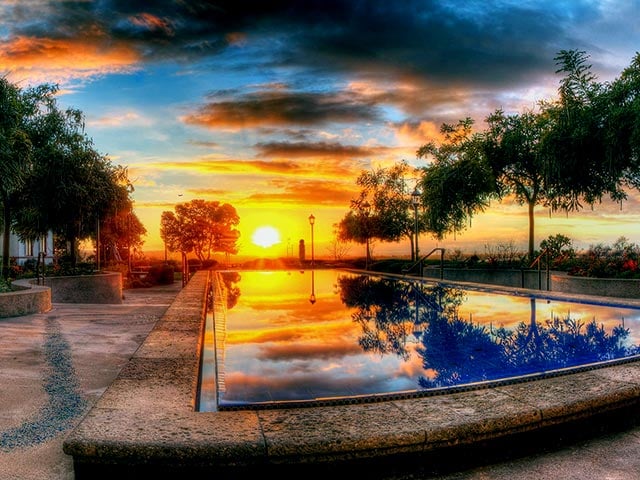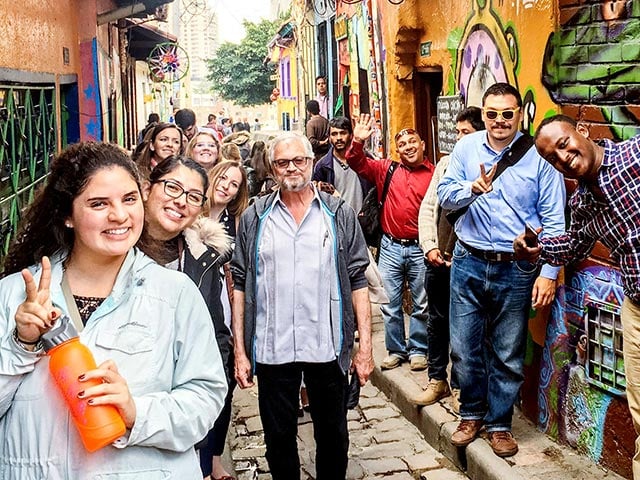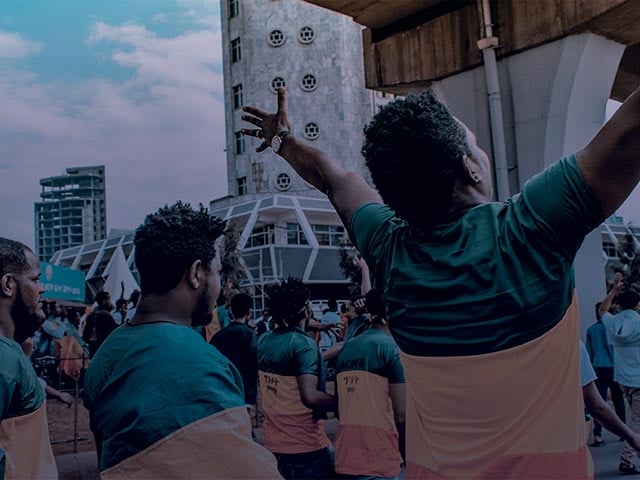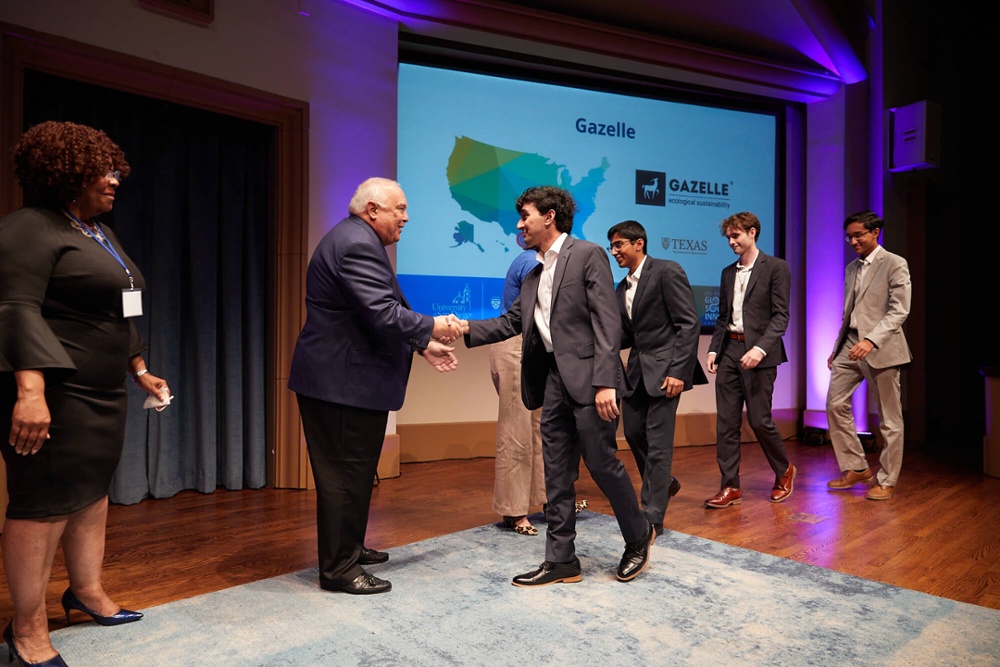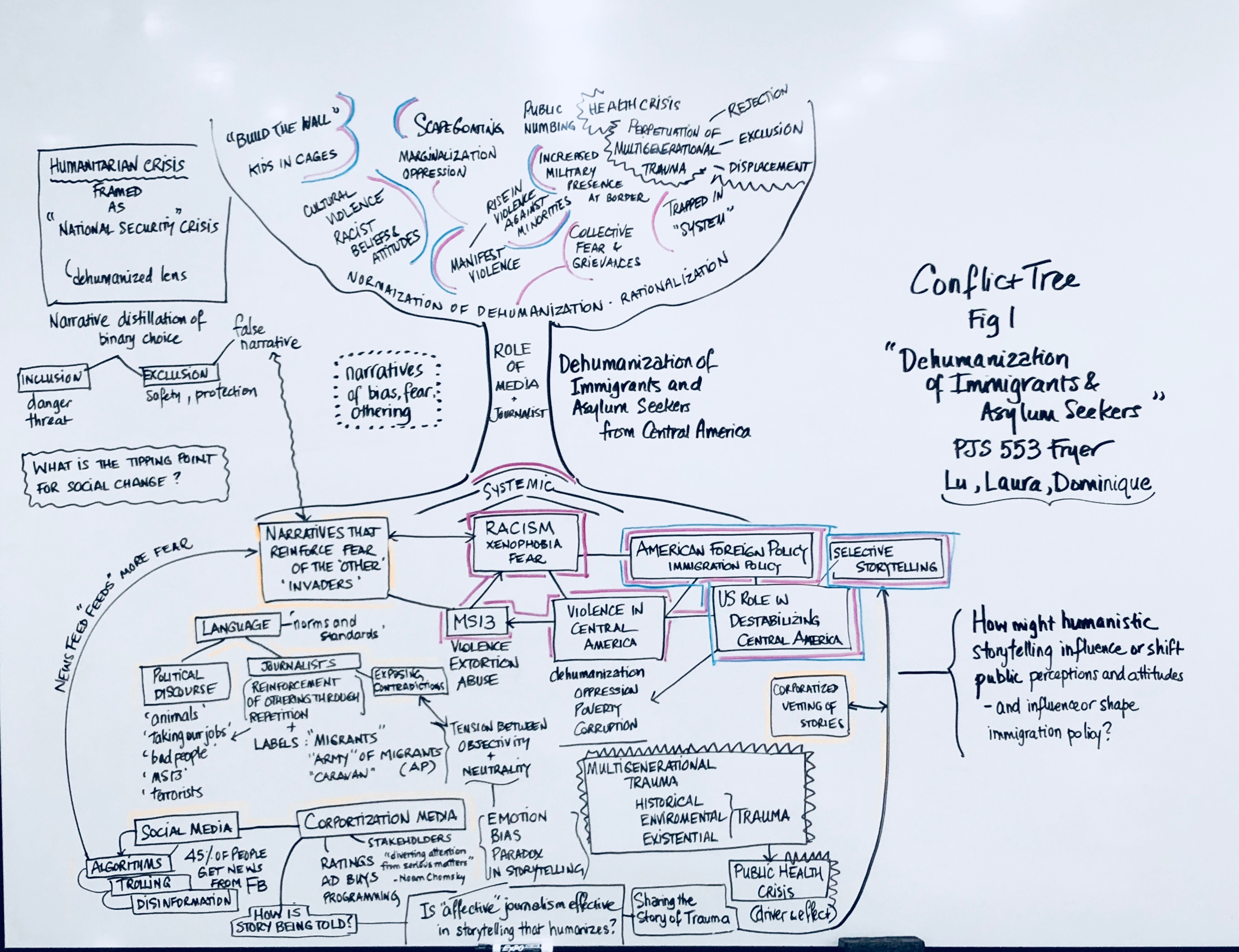Getting Curious About Conflict
begin quoteAs a graduate student at the Kroc School, I’ve found it intriguing to explore some deeply complex conflicts and problems using various analytical tools and methods taught in the MSCMR program.
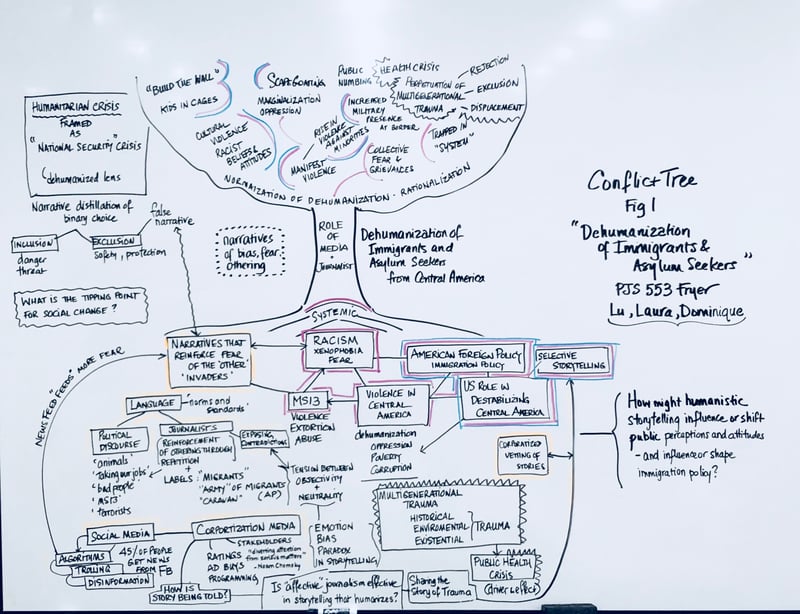
At the heart of every ‘vicious circle’, there’s an unexamined conflict. How do we access it for deeper understanding and change? The challenge we all face as human beings is to get curious about where we get stuck, to notice our relational patterns, interrupt what’s familiar with compassionate inquiry, in order to make sense of our stories and write new ones.
As I arrived at the Kroc School last fall to pursue my Master’s in Conflict Management and Resolution (MSCMR) program, I had certainly witnessed my fair share of stalemates and gridlock in the professional world. As a former NBC network anchor and Discovery Channel host, I was used to fact-gathering, traveling, live shots, show tapings, tight timelines, and high stakes. Sitting in a live studio, with my IFB (interrupted foldback or interruptible feedback) earpiece, reading the teleprompter script while the producer in the control room was simultaneously announcing breaking news in my ear, was not just an exercise in dichotomous listening but a small glimpse into the complexities of human dynamics under duress.
With an academic background in psychology and communications, I pursued extensive studies in attachment science, family systems, interpersonal neurobiology and trauma healing. For more than 10 years, I have taught workshops and courses on brain science, how experience shapes the brain and nervous system, and how emotion, relational repair and restorative practices have healing capacities to cultivate wellbeing and resilience. Brain scans show us that love lights up the right side of the brain, our non-verbal, big-picture, global-thinking center for creativity, connection and innovation.
We are wired for love and belonging.
But, we are also wired for fear and threat detection.
In the absence of belonging, we are left with an often untenable longing. The stories of how that longing is expressed in emotions, language and actions are woven into the tapestry of our histories, wounds and resentments, as well as how we are built as human beings with profound influence on each other. Empathy, energy and emotion share an uncanny tendency for contagion. When we see someone do something kind for someone, research shows that we are more likely to feel benevolent toward others. Your body might feel heavy after being around someone who tends to see the cup half spilled, let alone empty or filled. And if you are part of a group that collectively fears others, your nervous system reacts or adapts accordingly.
Our affect has an effect. We have impact on others, whether we know it or not.
As conflict and peace workers, what is our intention for that impact?
Conflict is ubiquitous and inevitable. Since conflict occurs between and among human beings, the heart of conflict is literally embodied. We get stuck, locked and entrenched not because we are stubborn, but because our bodies hold our stories. Our issues become encoded in our tissues. When our nervous system reacts, our decision-making, higher-thinking pre-frontal cortex is often not consulted. Our brain’s limbic system activates a cascade of fight-flight stress chemicals, even before we have a cognition of threat. Stress affects us differently depending on our backstories of adversity, trauma and relational safety, and the ways we learned to cope. So, our painful reactions don’t mean we’re defective, but rather self-protective.
What does this have to do with conflict resolution?
We are dynamic beings, always changing from the inside out. Becoming curious is not simply a shift in mindset but a way to access our neurobiology of change. Curiosity promotes neuroplasticity, the capacity of our brains to grow and change wiring. That’s how we re-write old narratives, and turn our wounds to wisdom and real solutions — and resolutions.
Our stories may shape us, but they don’t define us.
This is the heart of resilience.
As a graduate student at the Kroc School, I’ve found it intriguing to explore some deeply complex conflicts and problems using various analytical tools and methods taught in the MSCMR program. The “Conflict Tree” is one of those tools of analysis, a visually compelling way to lay out the root causes and effects of a problem, which offers us a holistic view of the intricacies and ‘vicious circles’ that often mark complex conflict. A root driver leading to an effect can also feed back into a deeply rooted cause of a problem. Whatever social challenge my project teams and I have analyzed, we have always marveled at where our search for connections has led us, and how, faced with a more comprehensive picture of stakeholders and stakes, we have been able to generate ideas, creative solutions and recommendations for intervention. The organized mess of facts, figures, relationships, historical, structural, cultural and political factors reminds me of the messiness of being human.
When we get curious about the roots of a problem, we promote (self) reflection on the effects of it. This interrupts our patterns of conflict-prone thinking, our feedback loops — the brain’s self-referential circuits — and makes way for a shift in seeing...and being. (Re)connection is not a one-time event, but an infinite series of connections, ruptures and repairs.
Conflict and peace work asks that we do no harm. That includes us. Doing the deep work of changemaking and peacebuilding invites us to tend to our own stories, even through the challenges of our vicious circles. From the roots of our conflicts to the roots of our deepest needs. With compassion and tenderness for ourselves, we develop the internal compass to interrupt those cycles and create new shapes and patterns for peace — beginning with ourselves. From this place on our journey, we turn our courage outward to help heal a broken world with resilience and a deep sense of humility and humanity.
About the Author
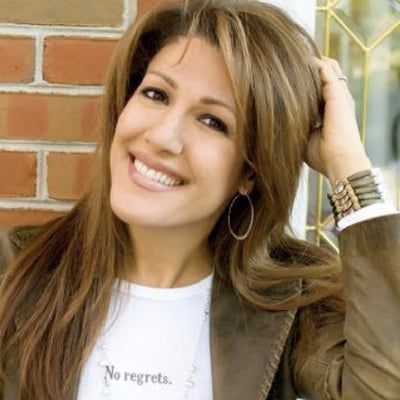
Lu Hanessian is an award-winning journalist, former NBC Network national anchor, Discovery Channel host, and host of “The Science Show” syndicated in 110 countries and translated into 17 languages, author of four books, active speaker and psychoeducator. She is the founder of Parent2ParentU.com and WYSH Wear Your Spirit for Humanity. She teaches trauma-sensitive mindfulness and brain-based resilience workshops to executive and corporate leadership from Capitol Hill to companies and organizations across the country. Lu is a 2019 candidate for MS in Conflict Management and Resolution at the University of San Diego, Kroc School for Peace and Justice Studies.
At the Kroc School, we are educating for peace and social innovation. Ready to join us? Learn more about the Kroc School and its graduate programs.
Contact:
Justin Prugh
jprugh@sandiego.edu
(619) 260-7573

About the Author
The Joan B. Kroc School of Peace Studies (Kroc School) at the University of San Diego is the global hub for peacebuilding and social innovation. Founded in 2007, the Kroc School equips the next generation of innovative changemakers to shape more peaceful and just societies. We offer master's degrees in peace and justice, social innovation, humanitarian action, conflict management and resolution, and a dual degree in peace and law — programs that have attracted diverse and dynamic students from more than 50 countries. In addition to our graduate programs, the Kroc School is home to the Kroc Institute for Peace and Justice (Kroc IPJ). Founded in 2001, the Institute supports positive change beyond the classroom. Through groundbreaking research, experiential learning, and forward-thinking programs, the Kroc School and Kroc IPJ are shaping a future in which peaceful co-existence is the new normal.

